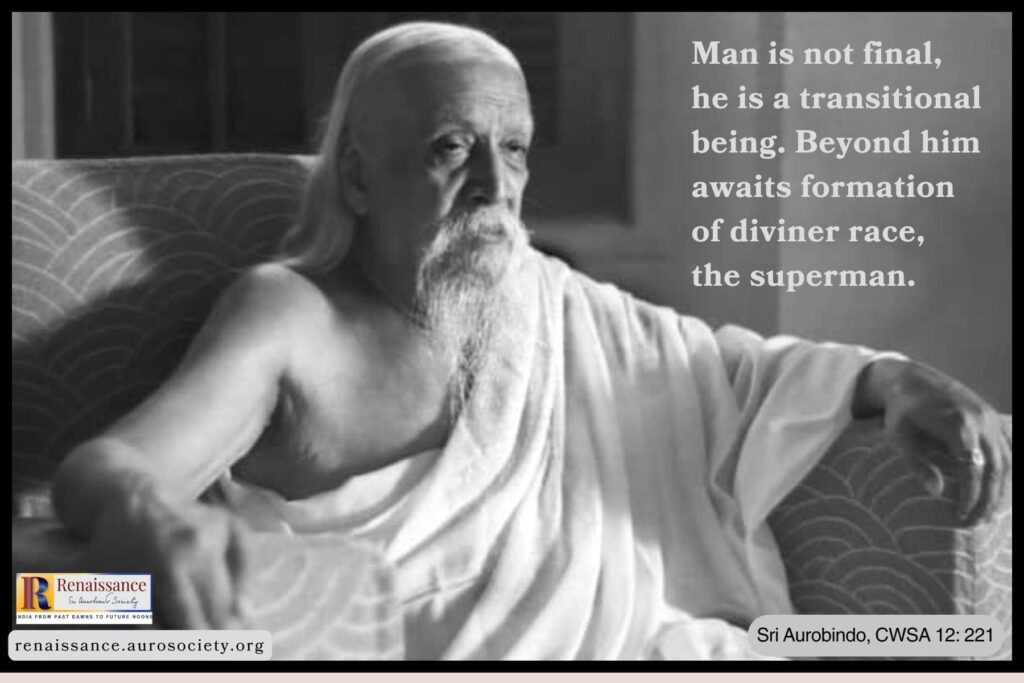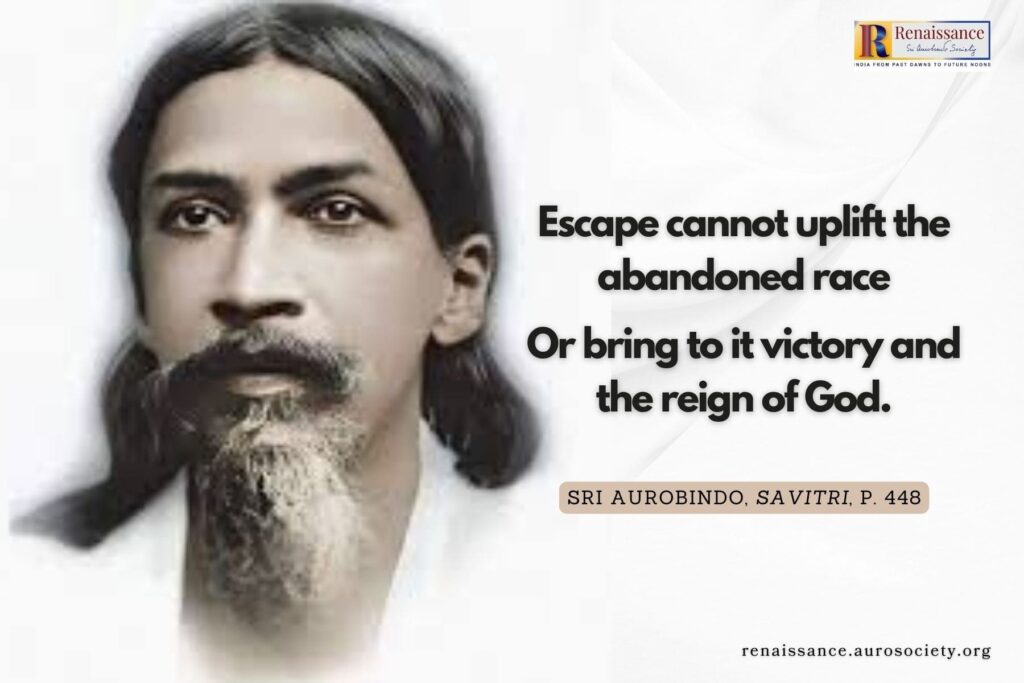Sri Aurobindo and the Kalki Avatar -1
We are presenting this comprehensive essay in 5 parts. In Part 1, the author gives an excellent summary of Sri Aurobindo’s explanation of the real meaning and purpose of Avatarhood.
Sri Aurobindo and the Kalki Avatar -1 Read More »


